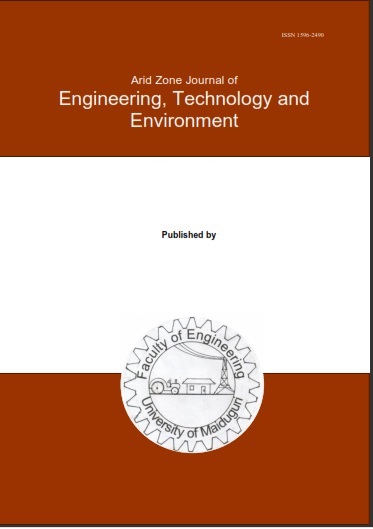Abstract
The increasing environmental concerns associated with petroleum-based lubricants and growing demand for environmentally friendly solutions have spurred research into non-edible green oil-based lubricants, particularly for their application in two-stroke engines. Two-stroke engines, while offering advantages in power-to-weight ratio, pose environmental challenges due to their inherent design of the oil-fuel mixture. By utilizing non-edible sources, these lubricants help avoid competition with food crops, ensuring that edible oils remain available for human consumption, while non-edible oils present a promising solution. Study have shown green oil enhances mechanical and thermal braking efficiency by 13% and 27%, while it reduces emission of CO, CO2 and HC approximately by 62%, 54% and 44% respectively compared to conventional lubricants. This review explores the properties of various non-edible green oils, including their physicochemical characteristics and potential as base stocks for lubricants production. Furthermore, it explores the challenges and opportunities associated with these non-edible green oil-based lubricants. Furthermore, it analyses previous research on the application of green oil-based lubricants in two-stroke engines, focusing on their impact on engine performance, emissions, and wear. The review also discusses the role of additives and blending in improving the overall performance of these lubricants and highlights the need for further research to optimise their application in two-stroke engines. Finally, the review identifies key research gaps and future directions, emphasizing the need for systematic investigation of blend ratios, exploration of environmentally friendly nano-additives, and rigorous engine testing to unlock the full potential of blended non-edible green oil-based lubricants for sustainable two-stroke engine applications. This review underscores the potential of blended non-edible green oil-based lubricants as viable solutions for enhancing performance in two-stroke engines and encourages further research into their long-term effects and commercial viability.

This work is licensed under a Creative Commons Attribution-NonCommercial-NoDerivatives 4.0 International License.
Copyright (c) 2025 ARID ZONE JOURNAL OF ENGINEERING, TECHNOLOGY AND ENVIRONMENT

